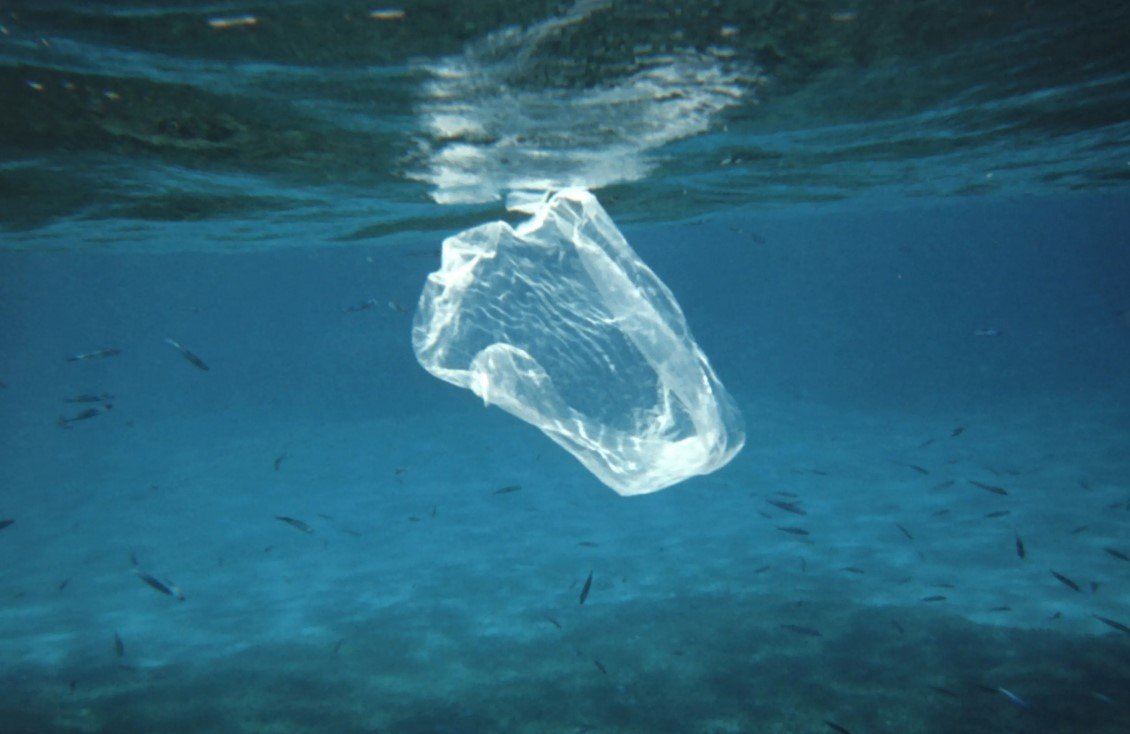In a groundbreaking study, researchers have successfully converted ocean plastics into synthetic crude oil using hydrothermal liquefaction. This innovative process, which involves breaking down plastics with supercritical water, offers a promising solution to the growing problem of ocean plastic pollution. The study, conducted on plastics collected from the North Pacific garbage patch, demonstrates the potential of this technology to transform waste into valuable resources.
The Process of Hydrothermal Liquefaction
Hydrothermal liquefaction (HTL) is a process that uses high temperature and pressure to convert organic materials into crude oil. In this study, researchers used supercritical water to break down ocean plastics, including hard plastics, nets, and ropes. The process involves heating the plastics to temperatures between 420-480°C and applying pressures of 225-275 bar. This method not only breaks down the plastics but also converts them into oils composed of paraffins, aromatics, and olefins.

The researchers found that the composition of the resulting oil could be adjusted by modifying the reaction parameters, such as dwell time and temperature. This flexibility allows for the production of oils with different characteristics, which can be further processed into various fuels and chemicals. The study highlights the potential of HTL to provide a sustainable solution for recycling ocean plastics and reducing environmental pollution.
Benefits and Challenges of HTL
One of the main benefits of hydrothermal liquefaction is its ability to handle mixed and contaminated plastic waste, which is often difficult to recycle using traditional methods. HTL can process a wide range of plastics, including those that are not typically recyclable, such as polyolefins. This makes it a versatile and effective solution for dealing with the diverse types of plastic waste found in the ocean.
However, there are also challenges associated with HTL. The process requires significant energy input, which can make it expensive and less environmentally friendly if not managed properly. Additionally, the resulting oil is not yet suitable for direct use as a fuel and requires further refining. Despite these challenges, the potential benefits of HTL make it a promising technology for addressing the issue of ocean plastic pollution.
Future Prospects and Implications
The successful demonstration of hydrothermal liquefaction for recycling ocean plastics opens up new possibilities for waste management and resource recovery. As the technology continues to develop, it could play a crucial role in reducing the amount of plastic waste in the oceans and converting it into valuable resources. This could have significant environmental and economic benefits, helping to create a more sustainable future.
Further research and development are needed to optimize the process and make it more cost-effective and efficient. Collaboration between researchers, industry, and policymakers will be essential to overcome the challenges and fully realize the potential of HTL. With continued innovation and investment, hydrothermal liquefaction could become a key tool in the fight against ocean plastic pollution.



































